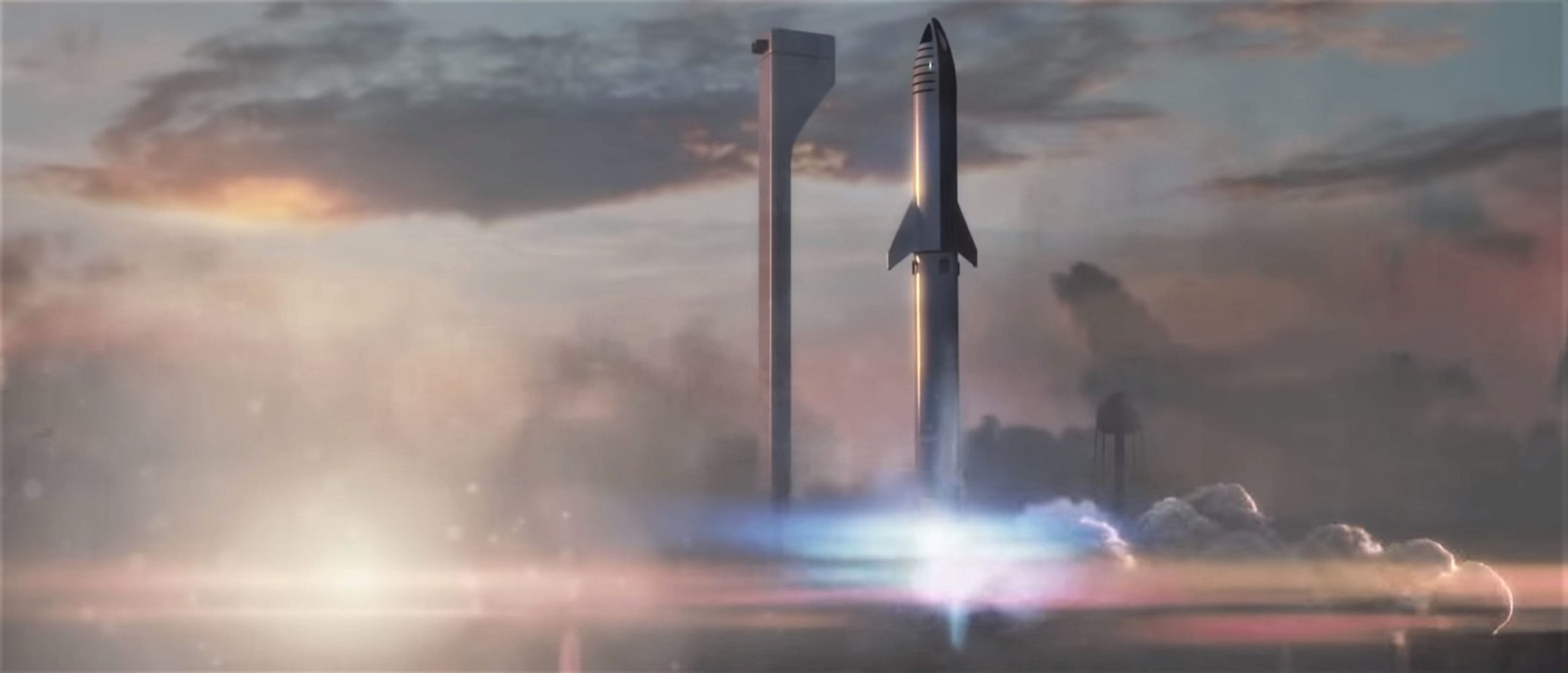
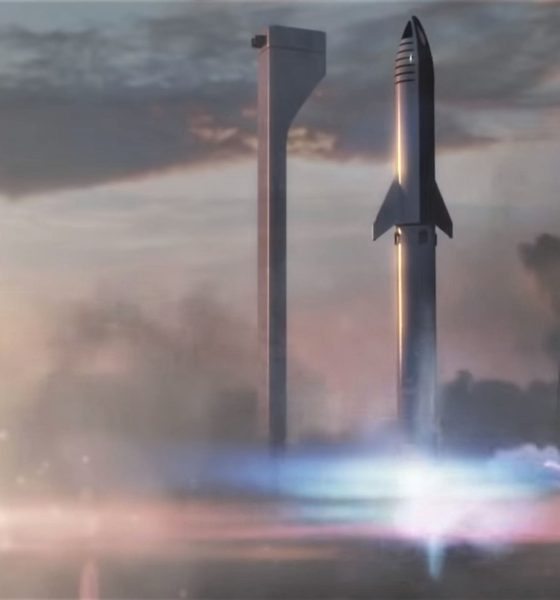
News
SpaceX prepares to break ground on Starship launch facilities at Pad 39A
As of September 14th, SpaceX is nearly ready to break ground on what will likely be the first orbital-class Starship and Super Heavy launch pad, coming in the form of an addition to the company’s NASA-leased LC-39A pad at Kennedy Space Center.
Based on environmental assessment documents published in August 2019, the modifications SpaceX plans to make to Pad 39A are surprisingly minor and could arguably take just a handful of months from start to finish. Once complete, SpaceX will possess dedicated Starship launch facilities in both Florida and Texas, although there is a strong chance that Pad 39A will be ready to support orbital launch attempts well before SpaceX’s Boca Chica launch site is certified.
Per NASASpaceflight.com’s Kennedy Space Center (KSC) sources, the new activity and equipment at Pad 39A was confirmed to be the start of Starship-related modifications. However, the basic location of the new activity supports the theory that the work is Starship-related irrespective of any sourced confirmation.
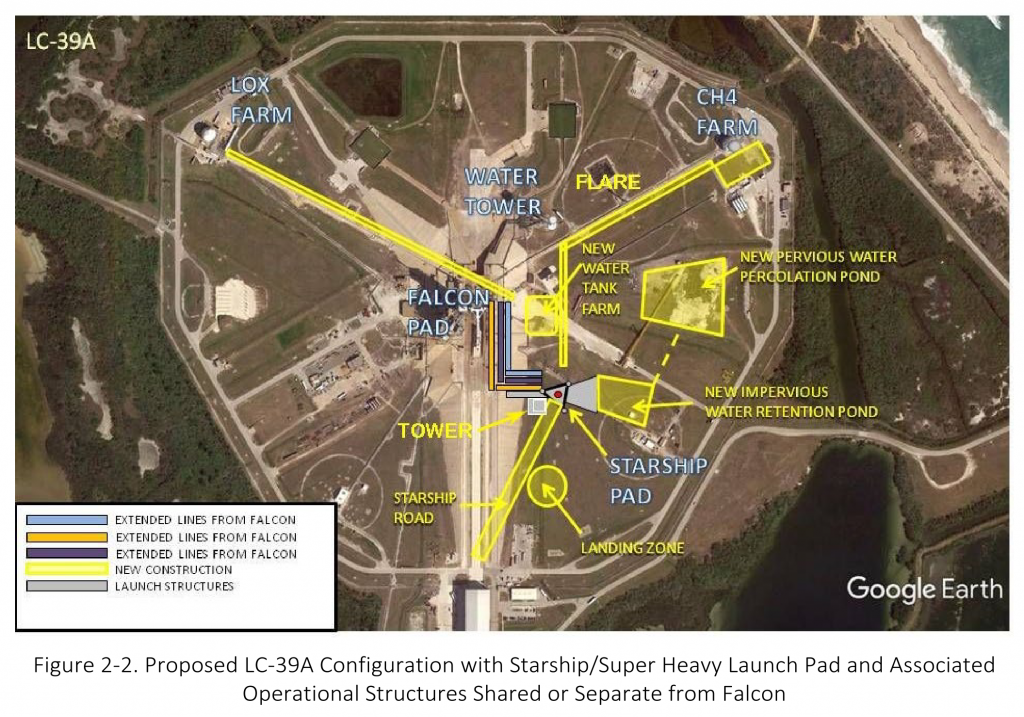
Maps published in an August 2019 Draft Environmental Assessment (EA) show that SpaceX is currently staging construction materials and equipment in the same quadrant that a majority of Starship’s Pad 39A ground systems will eventually be located. According to the draft EA, SpaceX will likely continue to use its existing 39A hangar, additionally supported by a comment from CEO Elon Musk indicating that Starship and Super Heavy will be more or less structurally stable in horizontal positions. The 39A hangar is large enough to house Starships and Super Heavy boosters, although their presence would almost certainly impact Falcon 9/Heavy operations
Still, Starship and Super Heavy will be vertically integrated into a single ‘stack’ prior to launch. According to SpaceX, a large, mobile crane will be used temporarily and will eventually be replaced with a permanent, fixed-structure crane at some point in the future. Aside from a propellant farm and associated plumbing for Starship’s liquid methane fuel supply, the EA shows plans for new water percolation and retention ponds, as well as a new landing zone located just a few hundred feet away from the planned launch mount.
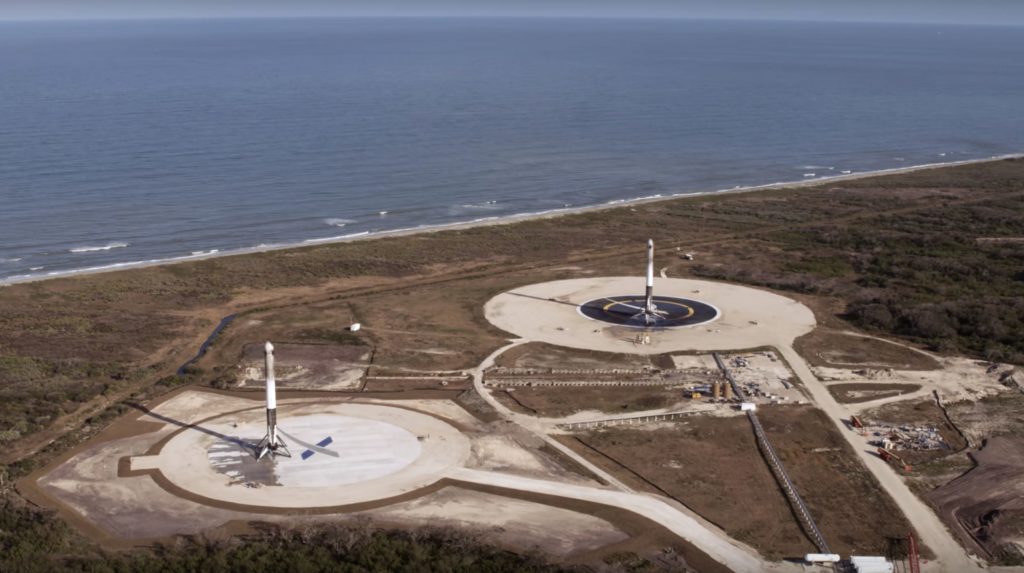
Until the FAA performs an environmental assessment of rocket landings at Pad 39A, SpaceX will land Starships at its established LZ-1/2 landing zones, while Super Heavy will be exclusively recovered via drone ship until SpaceX has permission to literally perform return to launch site (RTLS) landings.
As with most SpaceX projects, Pad 39A’s Starship-related development is effectively structured in phases. The first phase focuses primarily on suborbital Starship flight tests and will require a relatively spartan launch mount/stand and water-cooled thrust diverter. SpaceX is in the middle of preparing to build the concrete foundation that said Starship launch mount and deluge system will be installed on. Once SpaceX is ready for orbital Starship launch attempts (and thus Super Heavy booster involvement), the company will either stretch the existing launch mount a dozen or so meters taller or build a new structure tall enough to prevent Super Heavy from destroying the concrete foundation.
That latter task will be quite the challenge, given that a full-up Super Heavy booster at full thrust could produce almost twice as much thrust as NASA’s Saturn V rocket, the massive launch vehicle Pad 39A was originally built to support. According to Elon Musk, Starship’s first orbital launch attempt(s) could begin as early as November or December 2019, although sometime in Q1 or Q2 2020 is a far safer bet. Either way, it’s possible that SpaceX will transport Starship Mk2 to Pad 39A as early as this month (September 2019) and the first launch of a Starship prototype (likely Mk1) is scheduled as early as October 13th. Starship Mk2 could be ready for its own flight debut soon after.
Stay tuned as SpaceX continues to fire on all cylinders in pursuit of its fully-reusable, next-generation launch vehicle.
Check out Teslarati’s Marketplace! We offer Tesla accessories, including for the Tesla Cybertruck and Tesla Model 3.

Elon Musk
Elon Musk’s xAI gains first access to Saudi supercluster with 600k Nvidia GPUs
The facility will deploy roughly 600,000 Nvidia GPUs, making it one of the world’s most notable superclusters.
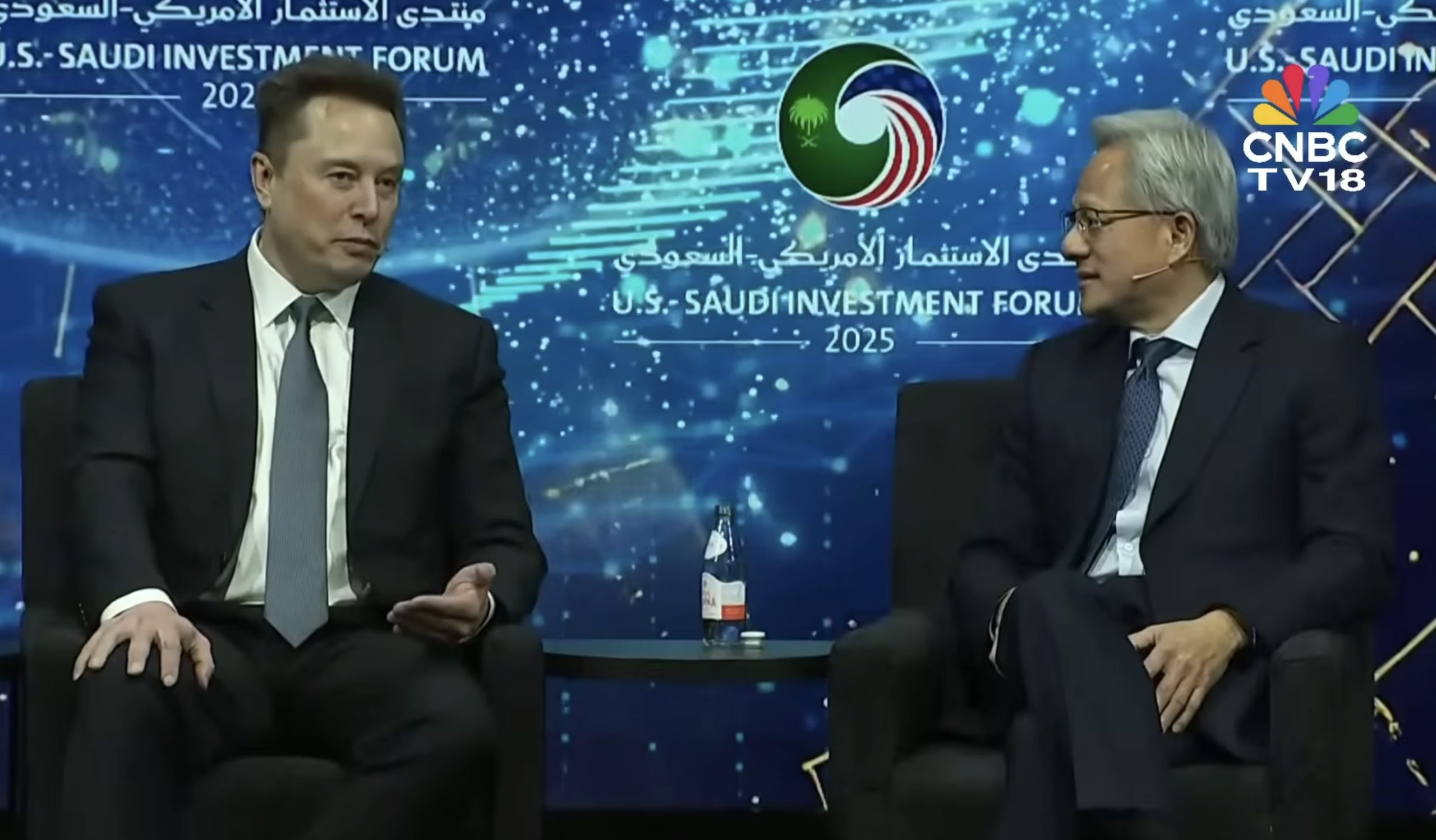
A Saudi-backed developer is moving forward with one of the world’s largest AI data centers, and Elon Musk’s xAI will be its first customer. The project, unveiled at the U.S.–Saudi Investment Forum in Washington, D.C., is being built by Humain, a company supported by Saudi Arabia’s Public Investment Fund.
The facility will deploy roughly 600,000 Nvidia GPUs, making it one of the world’s most notable superclusters.
xAI secures priority access
Nvidia CEO Jensen Huang stated that the planned data center marks a major leap not just for the region but for the global AI ecosystem as a whole. Huang joked about the sheer capacity of the build, emphasizing how unusual it is for a startup to receive infrastructure of such magnitude. The facility is designed to deliver 500 megawatts of Nvidia GPU power, placing it among the world’s largest AI-focused installations, as noted in a Benzinga report.
“We worked together to get this company started and off the ground and just got an incredible customer with Elon. Could you imagine a startup company, approximately $0 billion in revenues, now going to build a data center for Elon? 500 megawatts is gigantic. This company is off the charts right away,” Huang said.
Global Chipmakers Join Multi-Vendor Buildout To Enhance Compute Diversity
While Nvidia GPUs serve as the backbone of the first phase, Humain is preparing a diversified hardware stack. AMD will supply its Instinct MI450 accelerators, which could draw up to 1 gigawatt of power by 2030 as deployments ramp. Qualcomm will also contribute AI200 and AI250 data center processors, accounting for an additional 200 megawatts of compute capacity. Cisco will support the networking and infrastructure layer, helping knit the multi-chip architecture together.
Apart from confirming that xAI will be the upcoming supercluster’s first customer, Musk also joked about the rapid scaling needed to train increasingly large AI models. He joked that a theoretical expansion one thousand times larger of the upcoming supercluster “would be 8 bazillion, trillion dollars,” highlighting the playful exaggeration he often brings to discussions around extreme compute demand.
Elon Musk
Elon Musk debunks pay package and lip reader claims in double takedown
Musk’s quick debunks highlighted once more that X is an ideal platform for directly countering misinformation.
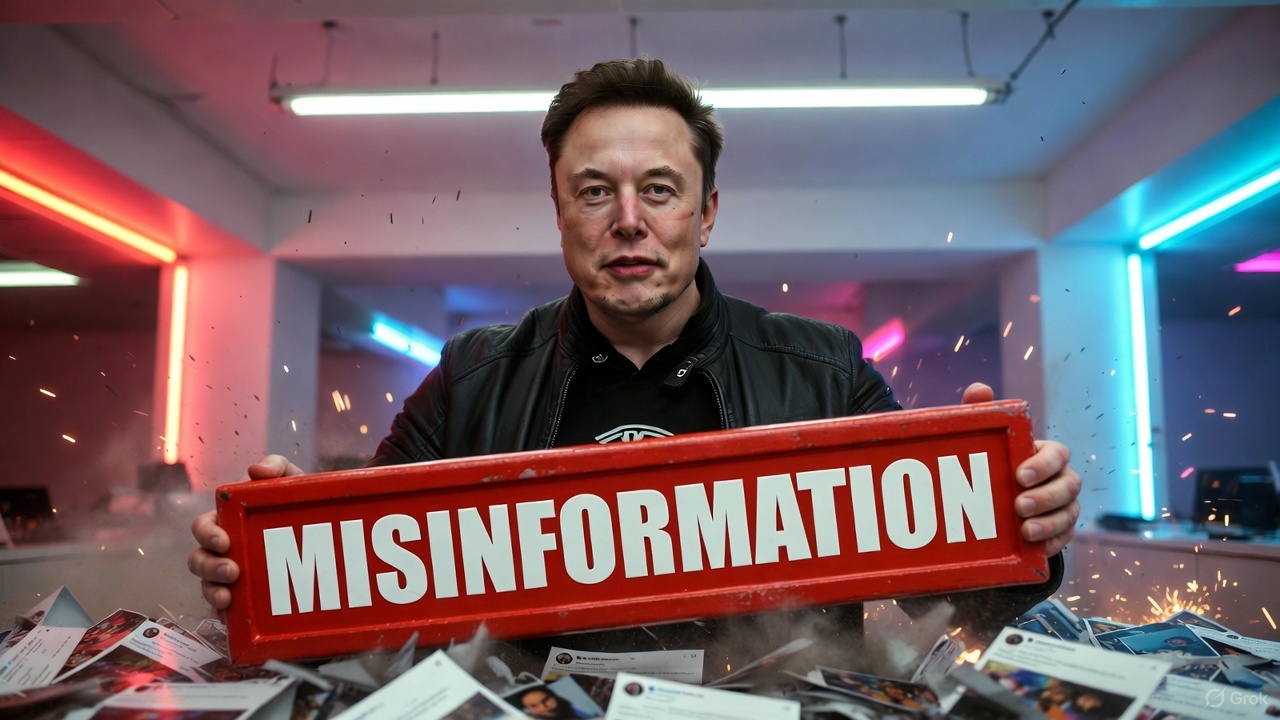
Elon Musk recently took to X to debunk some misinformation about his 2025 CEO performance award, as well as some comments he made during Donald Trump’s banquet in honor of Saudi Prince Mohammed bin Salman.
Musk’s quick debunks highlighted once more that X is an ideal platform for directly countering misinformation.
Musk’s pay package
Elon Musk’s 2025 CEO performance award was created as a path for him to gain a 25% stake in Tesla. It would also make him a trillionaire, provided that he manages to meet all of the performance award’s aggressive targets. This has not stopped critics from running with the apparent narrative that Musk will be getting the $1 trillion with utmost certainty, however.
This included the More Perfect Union account on X, which noted that “Elon Musk is set to make more than every U.S. elementary school teacher combined, according to the Washington Post.”
Musk responded to the pro-union amount’s post, highlighting that he has not earned any of his $2025 performance award so far. Musk also noted that those who believe he will be getting $1 trillion should invest in TSLA stock, as his compensation is tied to the company’s performance and growth. Investors who hold their TSLA until Musk achieves his full pay package would likely get notable returns.
Lip reader fail
Musk also debunked claims from the Daily Mail, which claimed that he made an “explosive” remark at Trump’s banquet for Saudi Prince Mohammed bin Salman. Citing observations from lip reader Nicola Hickling, the Mail claimed that Musk asked Pfizer CEO Albert Bourla, “What is your opinion, is he a terrorist?” The publication also posted a video of Musk allegedly making the risqué comment on X.
Musk proceeded to correct the publication, stating that the lip reader’s observations were fake. Instead of asking the Pfizer CEO if the Saudi Prince was a terrorist, Musk noted that he was asking the executive about cancer medicine. “False, I was asking about upcoming cancer drugs,” Musk wrote in a response on X.
Musk’s comments resulted in numerous critical responses to the Mail’s video, with some X users joking that the lip reader who analyzed the clip should probably get a visual acuity test, or a better training course on lip reading at least.
News
Tesla Diner to transition to full-service restaurant as Chef heads for new venture
“I am leaving the Tesla Diner project to focus on the opening of Mish, my long-desired Jewish deli. Projects like Mish and the Tesla Diner require a sharpness of focus and attention, and my focus and attention is now squarely on Mish.”
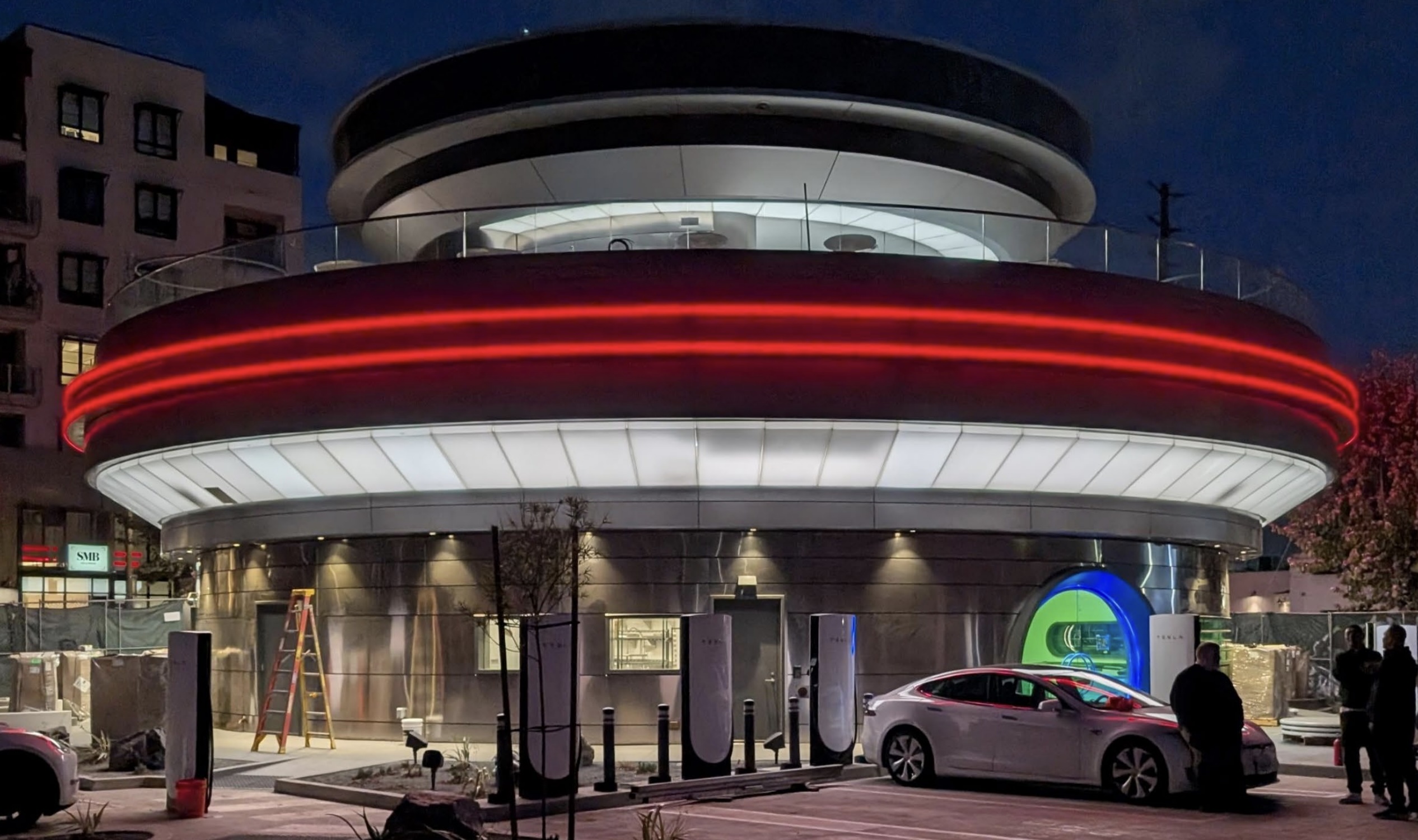
Tesla Diner, the all-in-one Supercharging and dining experience located in Los Angeles, will transition to a full-service restaurant in January, staff said, as Chef Eric Greenspan said he would take on a new project.
A report from the Los Angeles Times says Greenspan confirmed through a text that he would leave the Diner and focus on the opening of his new Jewish deli, Mish.
Greenspan confirmed to the paper:
“I am leaving the Tesla Diner project to focus on the opening of Mish, my long-desired Jewish deli. Projects like Mish and the Tesla Diner require a sharpness of focus and attention, and my focus and attention is now squarely on Mish.”
Greenspan took on the job at the Tesla Diner and curated the menu back in March, focusing on locally-sourced ingredients and items that would play on various company products, like Cybertruck-shaped boxes that hold burgers.
Tesla Cybertruck leftovers are the main course at the Supercharger Diner
The Tesla Diner has operated as somewhat of a self-serve establishment, where Tesla owners can order directly from their vehicles through the center touchscreen. It was not exclusive to Tesla owners. Guests could also enter and order at a counter, and pick up their food, before sitting at a booth or table.
However, the report indicates Tesla is planning to push it toward a sit-down restaurant, full of waiters, waitresses, and servers, all of which will come to a table after you are seated, take your order, and serve your food.
It will be more of a full-featured restaurant experience moving forward, which is an interesting move from the company, but it also sounds as if it could be testing for an expansion.
We know that Tesla is already considering expanding locations, as it will be heading to new areas of the country. CEO Elon Musk has said that Tesla will be considering locations in Palo Alto near the company’s Engineering HQ, and in Austin, where its HQ and Gigafactory Texas are located.
Musk said that the Diner has been very successful in its first few months of operation.








